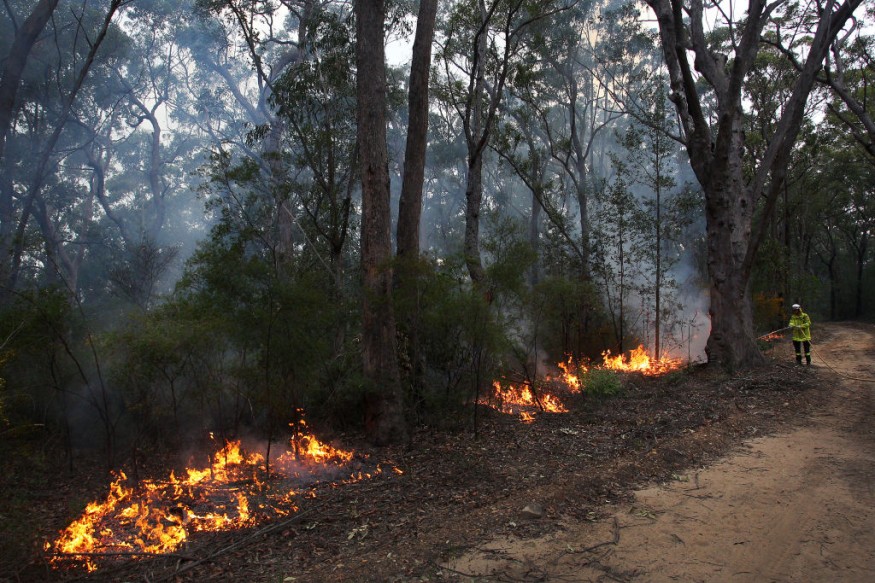
As El Niño ushers in the spring with persistently dry weather and strong winds, meteorologists issue a warning that wildfires in Australia will remain even after the heat wave has passed.
El Niño in Australia
The start of Australia's spring season has been abnormally warm, which is worsening the wildfire situation in New South Wales, where hundreds of fires are still burning. Although the heat wave's peak has passed, AccuWeather meteorologists warn that the wildfire danger will endure due to the continued dry weather and gusty winds.
The extreme heat is occurring as El Niño, a recurring climate phenomena, gets stronger. El Nio occurs when ocean temperatures in the eastern Pacific Ocean near the equator rise beyond the long-term historical average, which can change global weather patterns. El Nio has been associated with more warm, dry weather in Australia.
Highest All Time Temperature
Sydney experiences its official heat wave and hottest September temperature ever.
Wednesday local time saw temperatures at Sydney Airport surpass 90 degrees Fahrenheit for the fourth day in a row. The most populous city in New South Wales experiences historically low high temperatures this time of year, about 67 F. On September 1, meteorological spring formally started in Australia.
According to climate records kept by Australia's Bureau of Meteorology (BOM), the airport's highest temperature in September before the most recent heat wave was 96 F on September 29, 2000. This week, a temperature of 97 Fahrenheit on Tuesday broke the previous record.
According to Jason Nicholls, lead international forecaster for AccuWeather, a significant area of high pressure is to blame for the extreme heat.
More than two dozen persons were brought to the hospital with heat-related diseases on Sunday during the Sydney Marathon due to the extreme heat.
This region of the world saw its hottest spring on record after Australia's warmest winter ever.
No Breaks for Wildfire
Through the weekend, locals who are desperate for relief from the scorching heat can anticipate a return of temperatures to levels close to the historical average.
A cold front will lift northward, according to Nicholls, bringing substantially cooler weather to Sydney and the surrounding suburbs.
Highs will gradually return to more seasonally appropriate levels, usually in the 60s and lower 70s F.
According to Nicholls, a return of extreme temperatures to eastern Australia might not happen for a while, although later next week there could be some heat building in Western Australia.
Wildfire risk will remain high due to the dry, windy weather and the potential of wildfire igniting and spreading will still exist, according to AccuWeather meteorologists.
More than 70 wildfires were reported to be blazing throughout the state on Wednesday night by the New South Wales Rural Fire Service, 30 of which had not yet been put out. The blazes were being fought by more than 1,000 firemen and event management specialists.
Throughout the weekend, there may be sporadic gusts of wind that can fan the flames that are already ablaze and cause other fires to spread out of control.
Nicholls acknowledged that there is no guarantee that the wildfire situation from 2019-2020 won't occur again, but the expert highlighted his worry about summertime flames.
© 2025 NatureWorldNews.com All rights reserved. Do not reproduce without permission.





